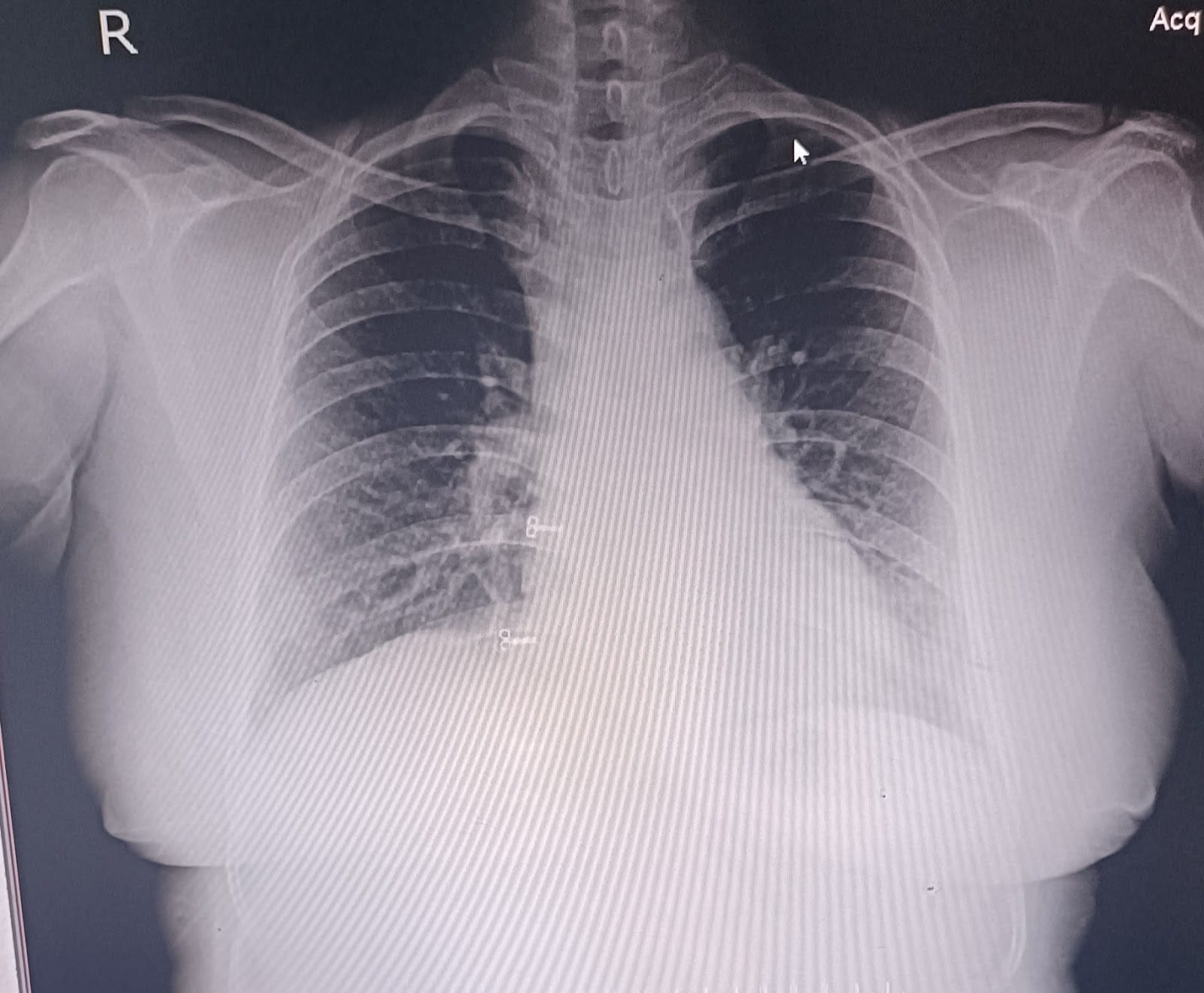pre final OSCE Learning points
PRE FINAL OSCE LEARNING POINTS
05/12 /23
1) Dialysis Disequilibrium syndrome?
Dialysis disequilibrium syndrome (DDS) refers to an array of neurological manifestations seen during or following dialysis, primarily after the new initiation of dialysis.However, it can also be seen in chronic dialysis patients who miss their regular dialysis treatments. This syndrome is thought to arise from fluid shifts during hemodialysis, causing cerebral edema and a wide variety of neurological symptoms. In continuous renal replacement therapies (CRRT), where fluid shift is limited, dialysis disequilibrium syndrome is rarely reported.
The common risk factors that predispose a patient to dialysis dysequilibrium syndrome are
First hemodialysis treatment
High blood urea nitrogen (BUN) (above 175 mg/dL or 60 mmol/L) before initiation of dialysis
Extremes of age – children and elderly
Sudden change in dialysis regimen
Pre-existing neurological diseases such as stroke, malignant hypertension, head trauma, or seizure disorder
Presence of other conditions causing cerebral edema (hyponatremia, hepatic encephalopathy)
Conditions causing increased permeability of the blood-brain barrier (sepsis, meningitis, encephalitis, hemolytic uremic syndrome, vasculitis)
2)
How spironolactone cause gynecomastea?
Spironolactone induces gynecomastia by decreasing testosterone production, increasing peripheral conversion of testosterone to estradiol, and displacing estradiol from sex hormone-binding globulin.
Learning points :
How to approach the patient and take detailed history and link the past history with the present illness.
Learnt about the Dialysis Disequilibrium syndrome
How spironolactone cause the gynaecomastia


Comments
Post a Comment